Home>Home Appliances>Cleaning Appliances>Why Are My Floors Still Dirty After I Mop
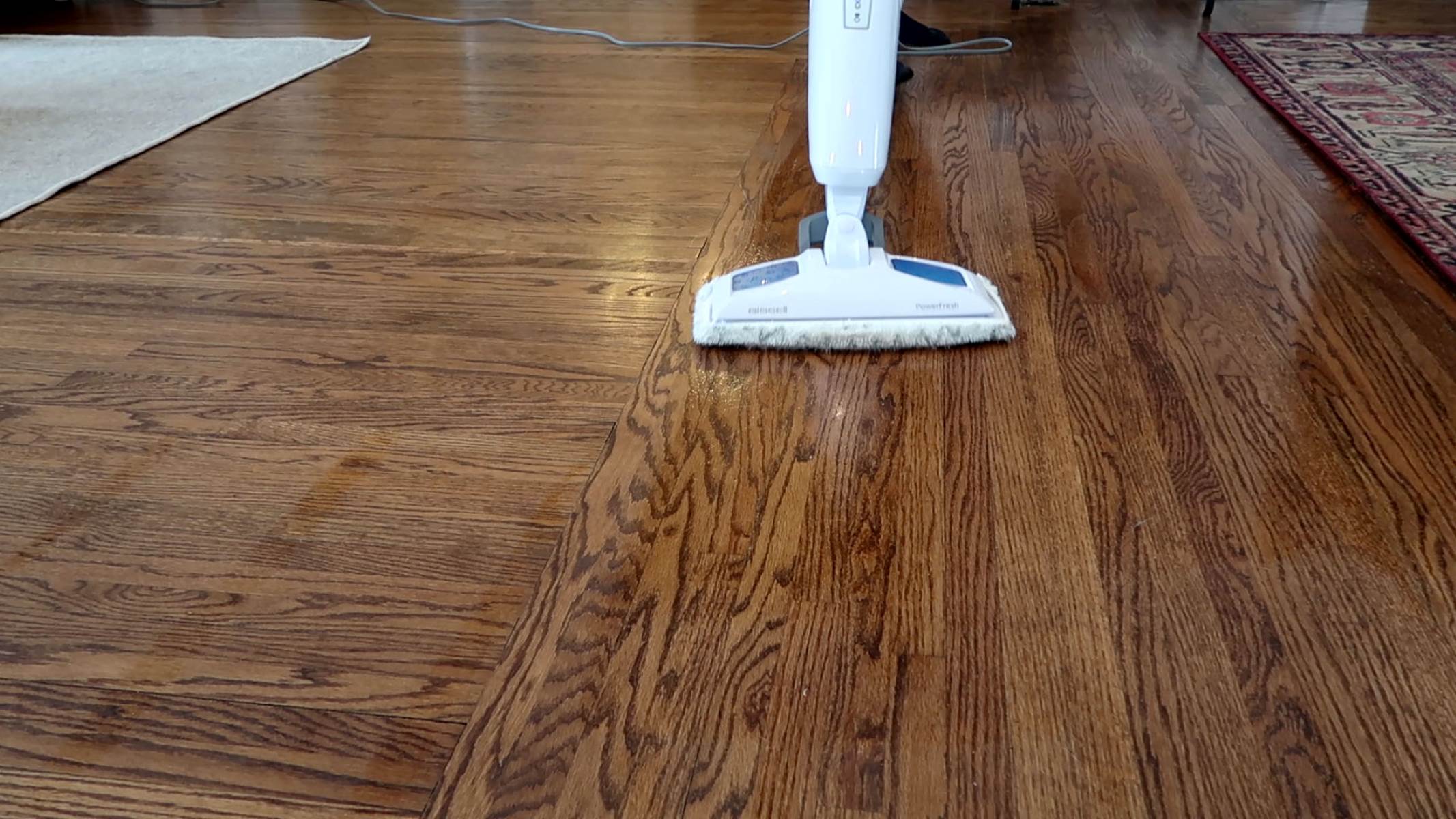

Cleaning Appliances
Why Are My Floors Still Dirty After I Mop
Modified: March 19, 2024
Discover the reasons why your floors may still be dirty after mopping and learn how cleaning appliances can help you achieve a spotless clean. Explore effective solutions now!
(Many of the links in this article redirect to a specific reviewed product. Your purchase of these products through affiliate links helps to generate commission for Storables.com, at no extra cost. Learn more)
Introduction
Introduction
Keeping your floors clean can be a never-ending battle, especially when it seems like your mopping efforts are in vain. You spend time and energy mopping, only to find that your floors still look dirty. What could be causing this frustrating phenomenon? In this article, we will explore the common reasons why your floors may still appear dirty after mopping and provide practical solutions to achieve sparkling clean floors.
Understanding the potential causes of this issue can help you make necessary adjustments to your cleaning routine, leading to more effective results and a cleaner living environment. Let’s delve into the common mopping mistakes and other factors that might be contributing to your persistently dirty floors.
Common Mopping Mistakes
Key Takeaways:
- Avoid common mopping mistakes like using dirty water and overusing cleaning solutions to achieve sparkling clean floors. Proper technique and effective products are key to pristine results.
- Keep mopping equipment clean and address dirty grout and tile lines to elevate the cleanliness of your floors. Attention to detail transforms mopping into a rewarding experience.
Read more: Why Does My Floor Feel Sticky After I Mop
Common Mopping Mistakes
Mopping seems like a straightforward task, but it’s easy to make mistakes that can leave your floors looking less than pristine. Identifying these common mopping blunders can help you rectify the situation and achieve the clean, gleaming floors you desire.
- Using dirty water: One of the most prevalent mistakes is mopping with dirty water. When you use the same water throughout the entire mopping process, you’re essentially spreading grime and dirt around rather than removing it. This can leave a dull, dirty residue on your floors.
- Overusing cleaning solution: Using too much cleaning solution can lead to a sticky residue on the floor. This residue not only attracts more dirt but can also make your floors look dull and unclean. It’s essential to follow the manufacturer’s guidelines for the proper dilution of cleaning solutions.
- Skipping the sweeping step: Neglecting to sweep or vacuum before mopping can result in pushing dirt and debris around, rather than effectively removing it. This can leave your floors looking streaky and grimy.
- Not changing mop heads: If you’re using a traditional mop, failing to change the mop head regularly can spread dirt and bacteria, rather than cleaning the floors. A dirty mop head will simply redeposit grime, leaving your floors looking lackluster.
By being mindful of these common mopping mistakes, you can take proactive steps to ensure that your mopping efforts yield the desired results. Understanding these blunders will help you refine your mopping technique and achieve cleaner, more radiant floors.
Ineffective Cleaning Products
Ineffective Cleaning Products
The cleaning products you use can significantly impact the outcome of your mopping efforts. If your floors still appear dirty after mopping, it might be due to the use of ineffective cleaning products. Here are some factors to consider:
- Wrong product for the floor type: Using a cleaning product that is not suitable for your specific type of flooring can lead to lackluster results. For instance, using a cleaner designed for hardwood floors on tile or vinyl can leave a residue that diminishes the floor’s appearance.
- Residue left by the cleaner: Some cleaning products may leave behind a sticky residue that attracts dirt, making your floors look dull and dirty. It’s important to select cleaning solutions that are formulated to leave minimal residue after mopping.
- Expired or diluted products: Over time, cleaning products can lose their effectiveness, especially if they are past their expiration date or have been diluted with water. Using expired or diluted cleaning solutions can result in subpar cleaning performance.
By ensuring that you are using the appropriate cleaning products for your specific flooring and verifying their freshness and concentration, you can improve the overall cleanliness and appearance of your floors. Choosing high-quality, compatible cleaning products is essential for achieving spotless, gleaming floors.
Improper Mopping Technique
Improper Mopping Technique
Even with the right cleaning products and tools, improper mopping technique can lead to lackluster results and perpetually dirty-looking floors. Here are some common errors in mopping technique that may be contributing to the issue:
- Using excessive water: Overly wet mopping can leave behind streaks and water spots, giving the illusion of dirty floors. It’s important to wring out excess water from the mop to prevent excessive moisture from accumulating on the floor surface.
- Not wringing the mop properly: Inadequately wringing out the mop can result in streaks and uneven cleaning. Properly wringing the mop ensures that the right amount of moisture is applied to the floor for effective cleaning without leaving behind excess water.
- Incorrect mopping pattern: Randomly mopping back and forth or in circular motions can spread dirt around rather than efficiently removing it. Using a systematic mopping pattern, such as mopping in straight lines, can lead to more thorough and consistent cleaning results.
- Not allowing sufficient drying time: Failing to allow the floor to dry completely after mopping can result in water spots and streaks, making the floors appear dirty. Patience is key to achieving a pristine finish.
By addressing these common mopping technique errors, you can enhance the effectiveness of your mopping routine and achieve cleaner, more polished floors. Implementing proper mopping techniques is essential for maximizing the cleanliness and visual appeal of your living spaces.
Dirty Mop or Equipment
Make sure to sweep or vacuum the floors before mopping to remove any loose dirt and debris. This will prevent the dirt from getting spread around and ensure a cleaner result.
Dirty Mop or Equipment
The cleanliness of your floors is directly impacted by the condition of your mopping equipment. Using a dirty mop or inadequately maintained cleaning tools can lead to perpetually dirty-looking floors. Here are some factors to consider:
- Dirty mop head: A dirty mop head will simply spread dirt and grime around, rather than effectively removing it from the floor. Over time, the mop head accumulates dirt and bacteria, diminishing its cleaning performance.
- Unclean mop handle: Neglecting to clean the mop handle can result in cross-contamination and the spread of germs. Regularly sanitizing the mop handle is essential for maintaining hygienic mopping practices.
- Inadequately cleaned bucket: The mop bucket can harbor dirt, residue, and bacteria if not cleaned regularly. Using a dirty bucket can compromise the cleanliness of the mopping water and lead to lackluster results.
- Worn-out or ineffective cleaning tools: Using worn-out or ineffective cleaning tools, such as frayed mops or damaged scrub brushes, can hinder the cleaning process and leave your floors looking less than pristine.
By ensuring that your mopping equipment is clean, well-maintained, and in good condition, you can significantly improve the cleanliness and appearance of your floors. Regularly cleaning and replacing mop heads, sanitizing handles, and maintaining clean mopping tools are essential for achieving sparkling, dirt-free floors.
Dirty Grout and Tile Lines
Dirty Grout and Tile Lines
One often overlooked reason for persistently dirty-looking floors, especially in tiled areas, is the accumulation of dirt and grime in the grout and along the tile lines. The porous nature of grout makes it susceptible to trapping dirt, stains, and spills, leading to unsightly discoloration and a perpetually dirty appearance. Here are some factors to consider:
- Grout discoloration: Over time, grout can become discolored due to the accumulation of dirt, spills, and cleaning product residue. This can significantly detract from the overall cleanliness and visual appeal of your tiled floors.
- Embedded dirt and grime: The recessed nature of grout lines makes them prone to trapping dirt and grime, which can be challenging to remove with regular mopping alone. This embedded dirt can contribute to the persistent appearance of dirty floors.
- Stained tile lines: Stains along the edges of tiles can create the illusion of dirty floors, even after mopping. These stains may be caused by spills, moisture, or residue from cleaning products, and they can detract from the overall cleanliness of the tiled surface.
To address the issue of dirty grout and tile lines, consider incorporating targeted grout cleaning and maintenance into your cleaning routine. Utilizing grout cleaners, scrub brushes, and steam cleaners specifically designed for grout can help lift embedded dirt and stains, restoring the cleanliness and vibrancy of your tiled floors. By paying attention to the condition of the grout and tile lines, you can achieve a more thorough and visually appealing clean.
Conclusion
Conclusion
Struggling with persistently dirty-looking floors despite regular mopping efforts can be frustrating, but understanding the common reasons behind this issue is the first step toward achieving cleaner, more radiant floors. By addressing the following factors, you can overcome the challenges associated with perpetually dirty floors and elevate the cleanliness of your living spaces:
- Avoiding common mopping mistakes, such as using dirty water, overusing cleaning solutions, and neglecting to sweep before mopping
- Ensuring the use of effective and appropriate cleaning products tailored to your specific flooring type
- Implementing proper mopping techniques, including wringing out the mop adequately, using the correct mopping pattern, and allowing sufficient drying time
- Maintaining clean and well-functioning mopping equipment, including mop heads, handles, and buckets
- Addressing the cleanliness of grout and tile lines in tiled areas to achieve a more thorough clean
By proactively addressing these factors and refining your cleaning routine, you can transform your mopping efforts into a more effective and rewarding experience, resulting in floors that exude cleanliness and visual appeal. Remember that achieving spotless floors is not only about the products and tools you use but also about the care and attention you invest in the cleaning process.
With a mindful approach to mopping and a keen focus on the details that contribute to the overall cleanliness of your floors, you can enjoy the satisfaction of walking on gleaming, dirt-free surfaces. By incorporating these insights into your cleaning routine, you can bid farewell to perpetually dirty floors and embrace the joy of pristine, sparkling clean living spaces.
Frequently Asked Questions about Why Are My Floors Still Dirty After I Mop
Was this page helpful?
At Storables.com, we guarantee accurate and reliable information. Our content, validated by Expert Board Contributors, is crafted following stringent Editorial Policies. We're committed to providing you with well-researched, expert-backed insights for all your informational needs.
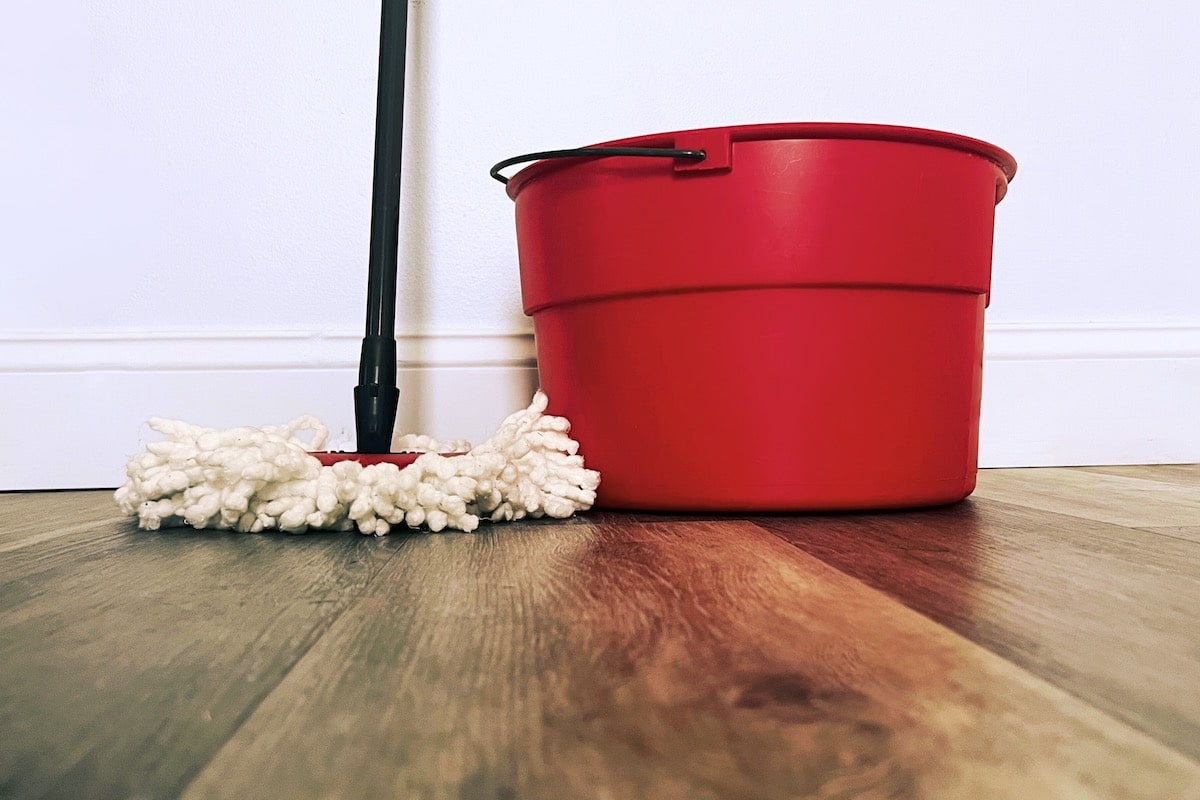
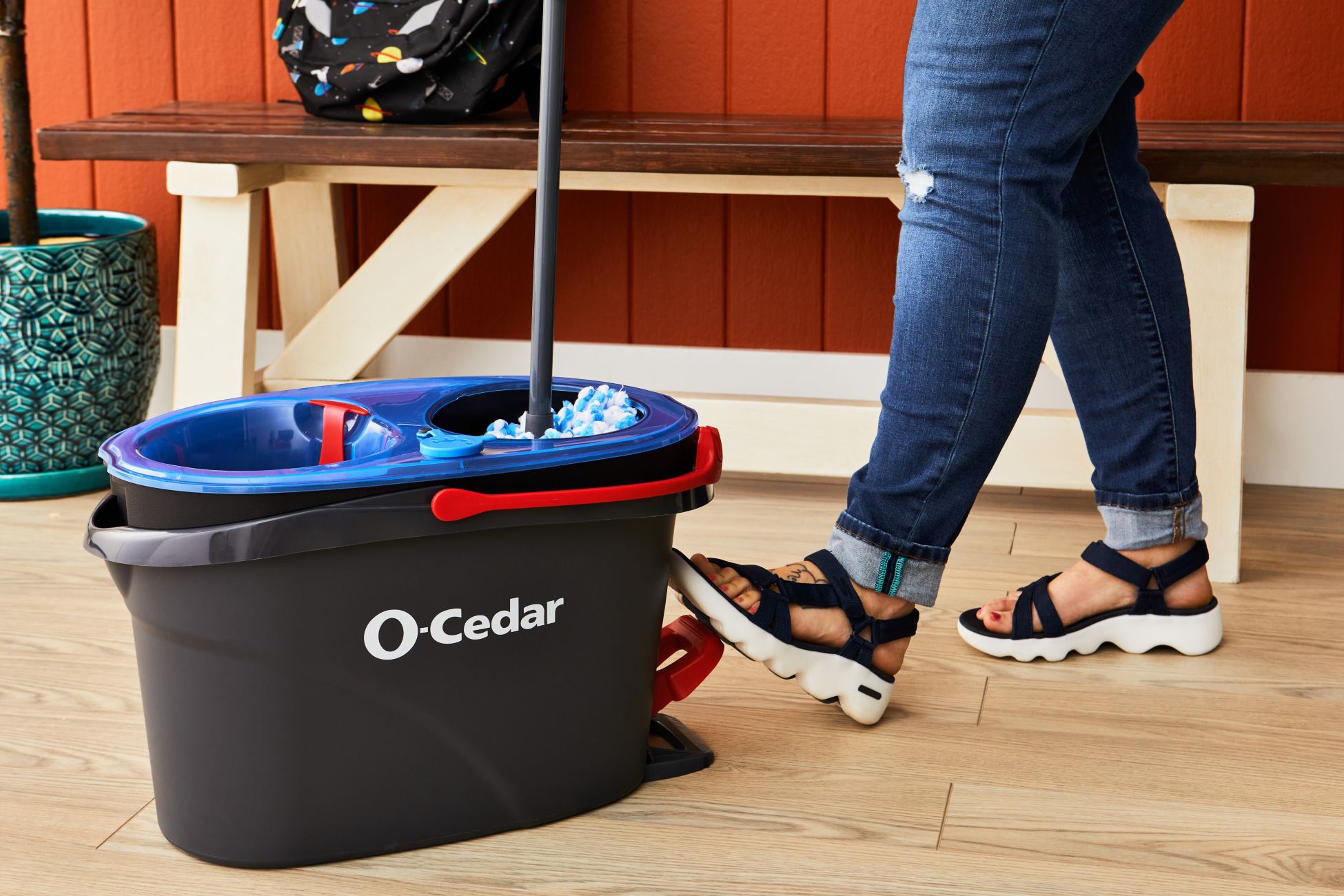
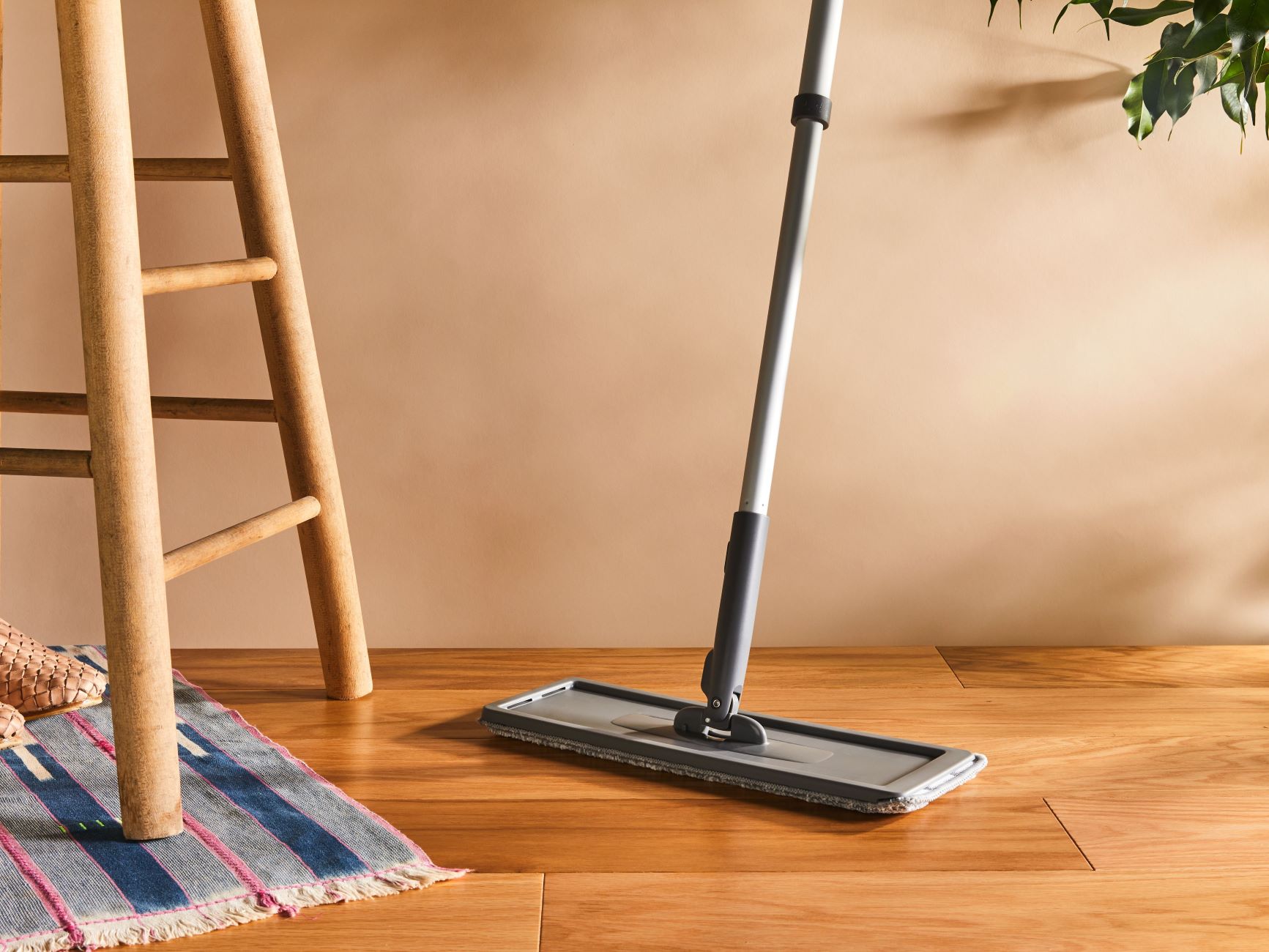
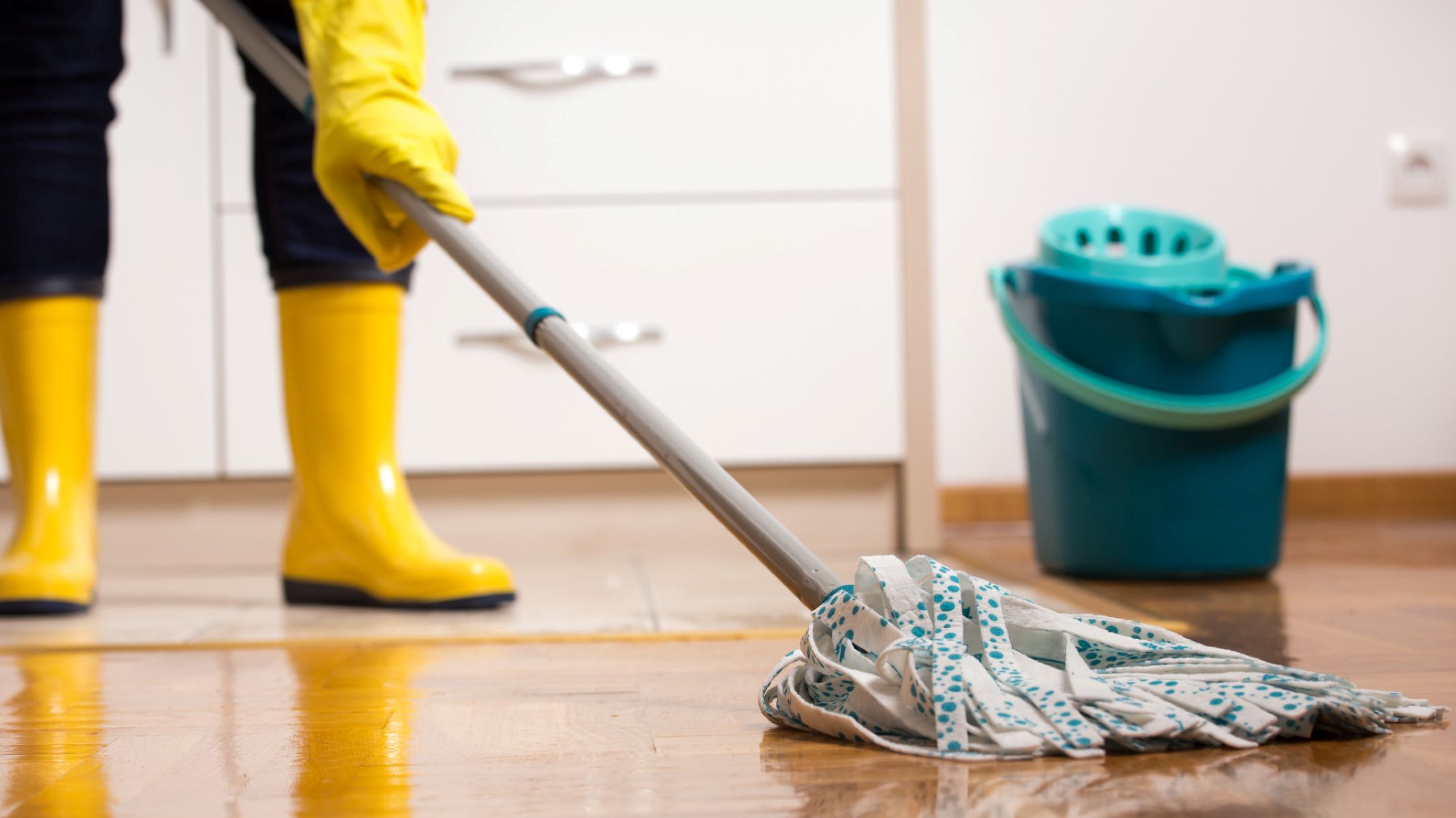
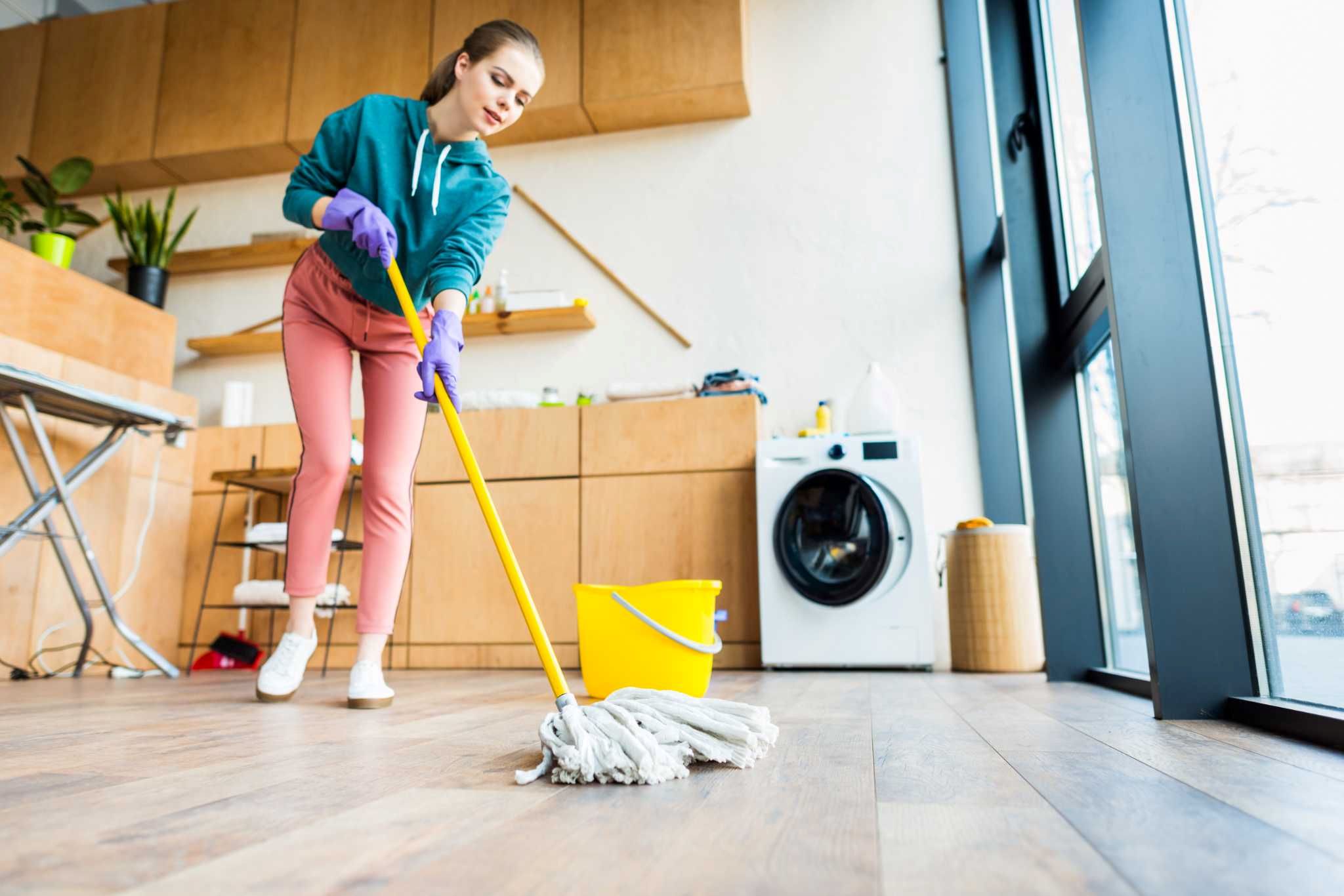
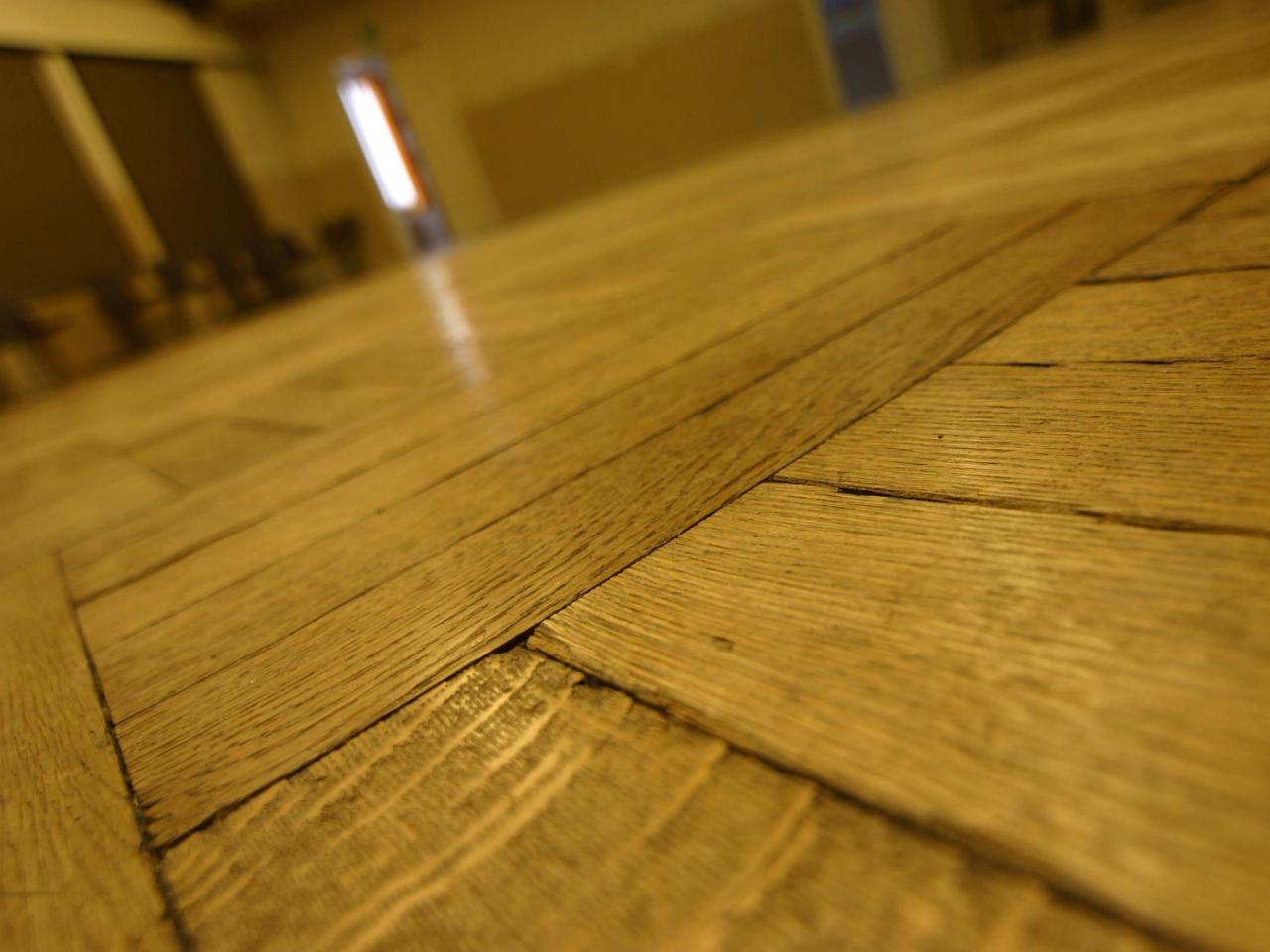
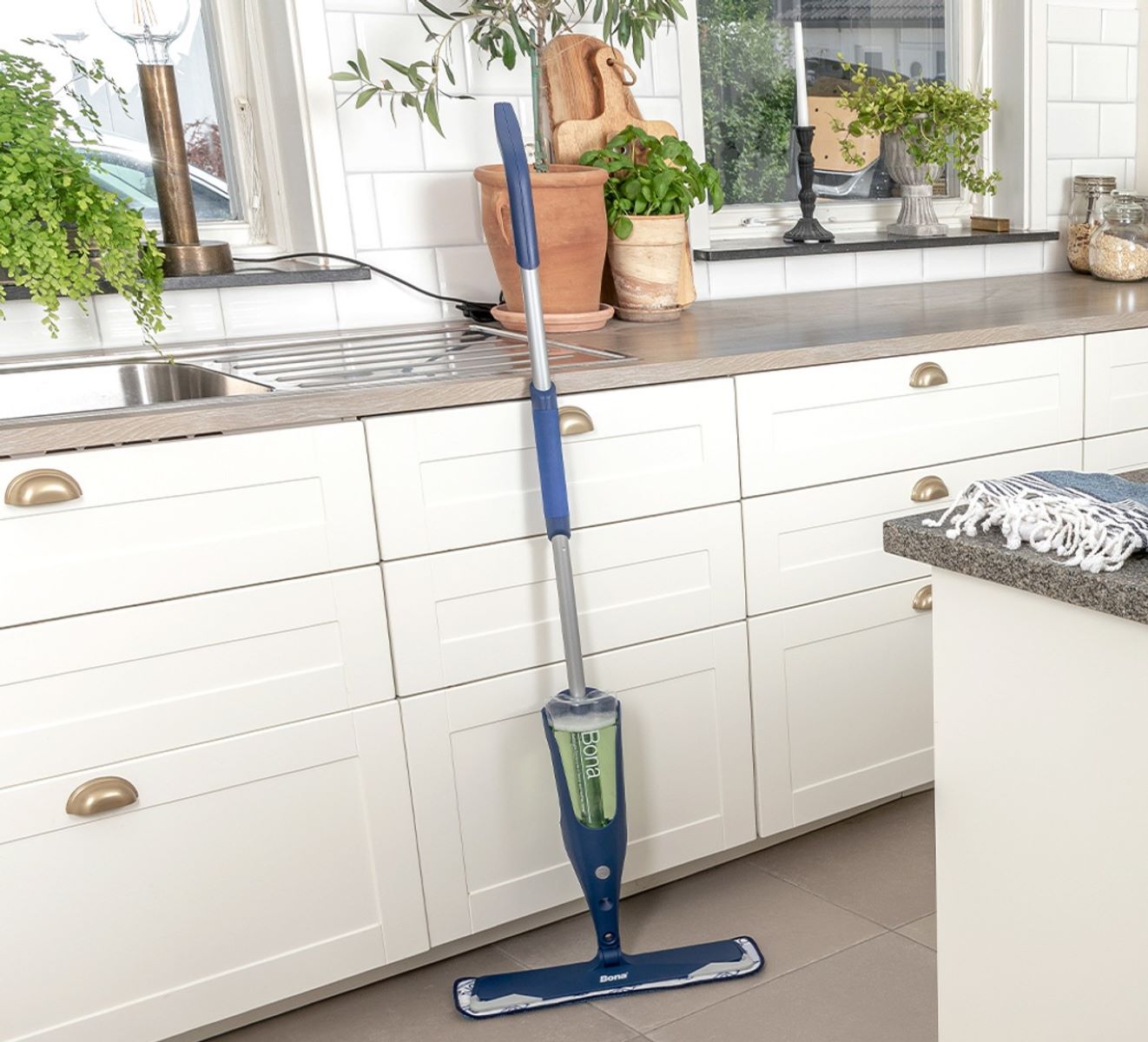
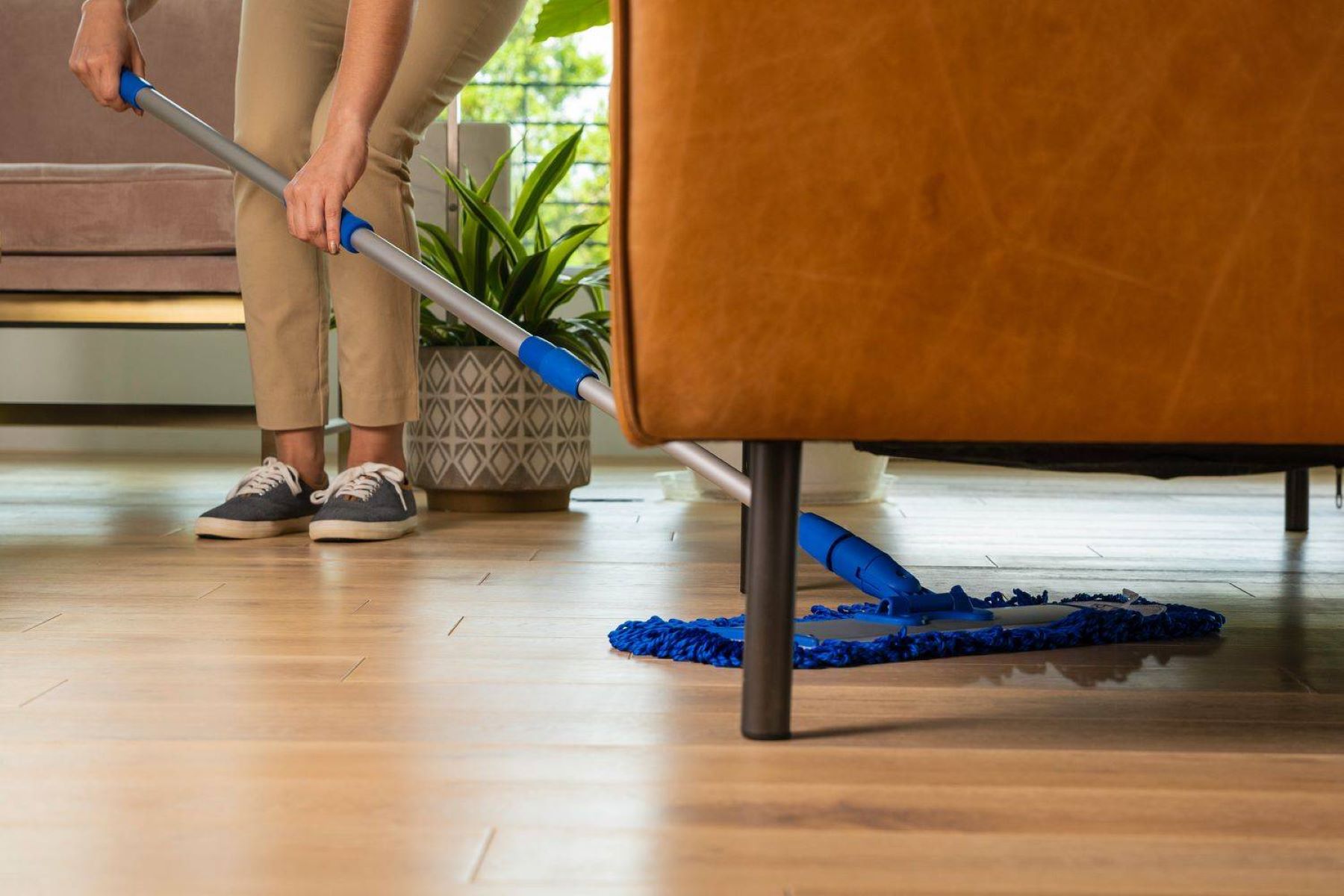
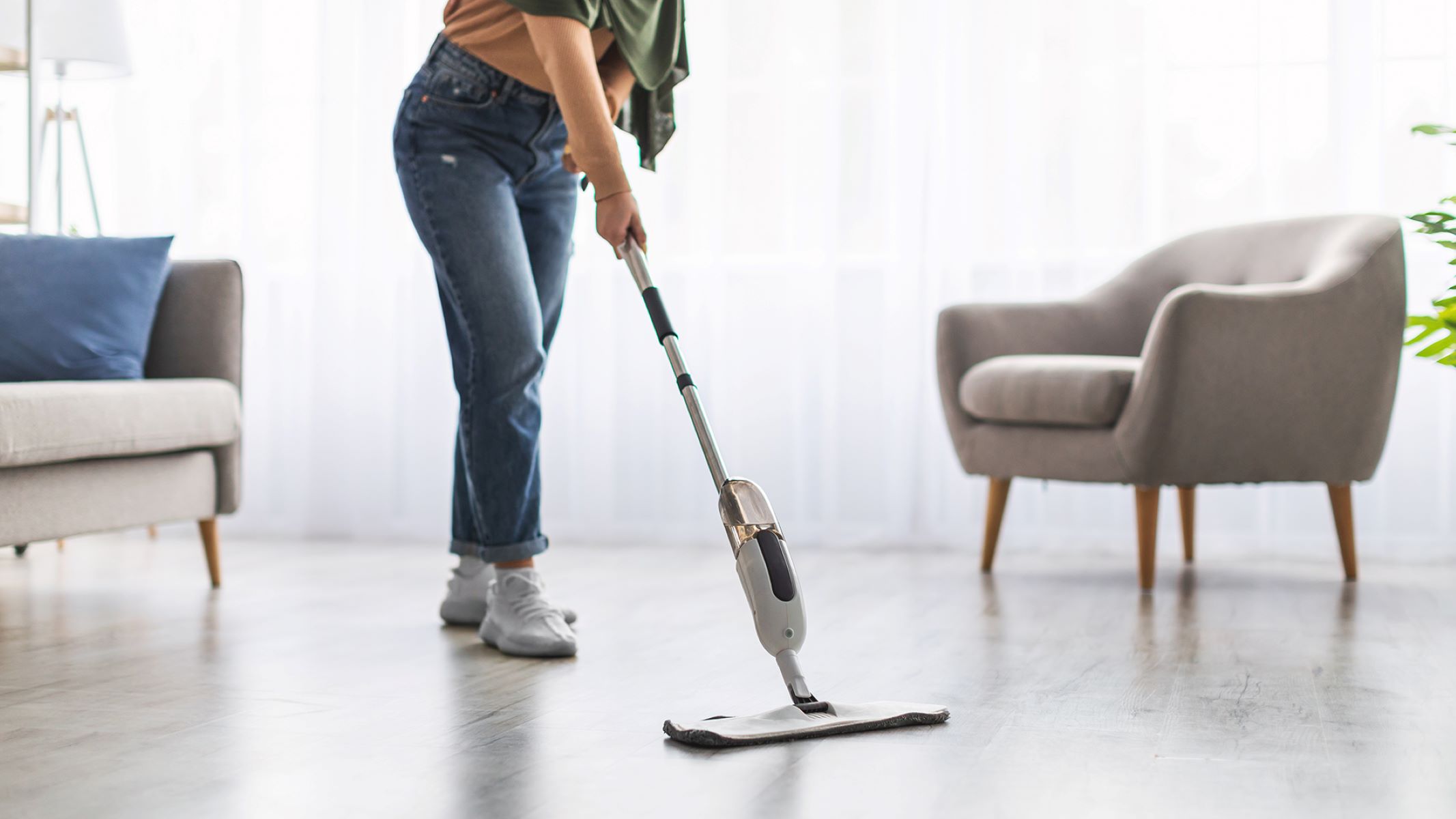
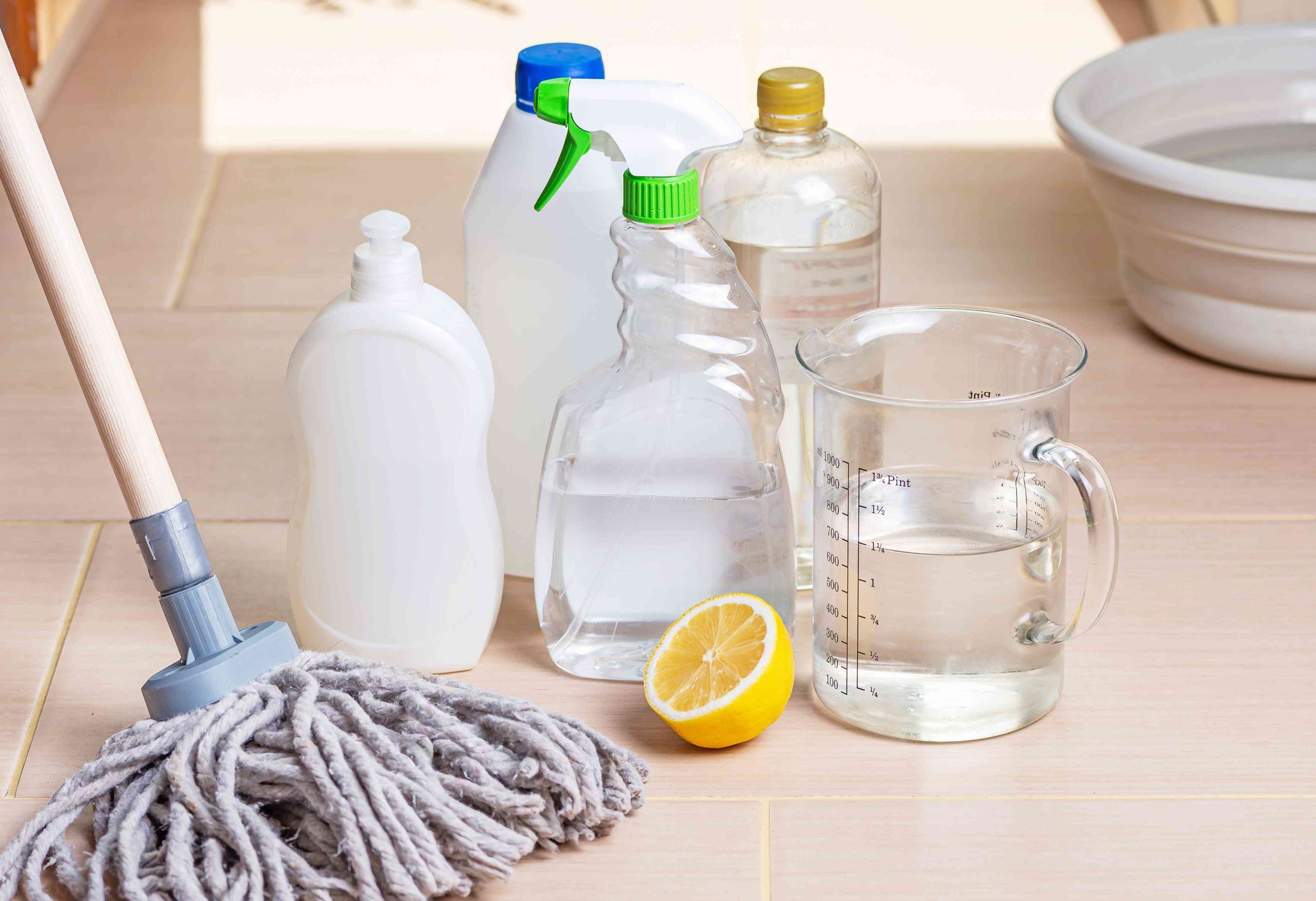
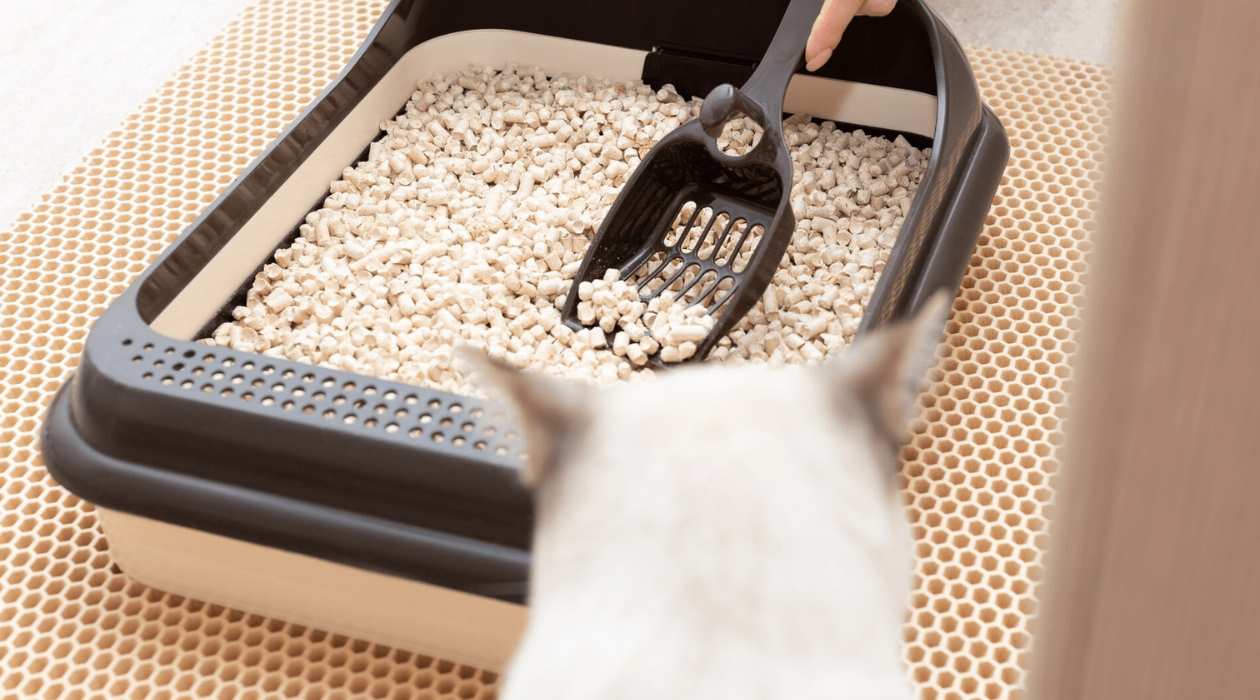
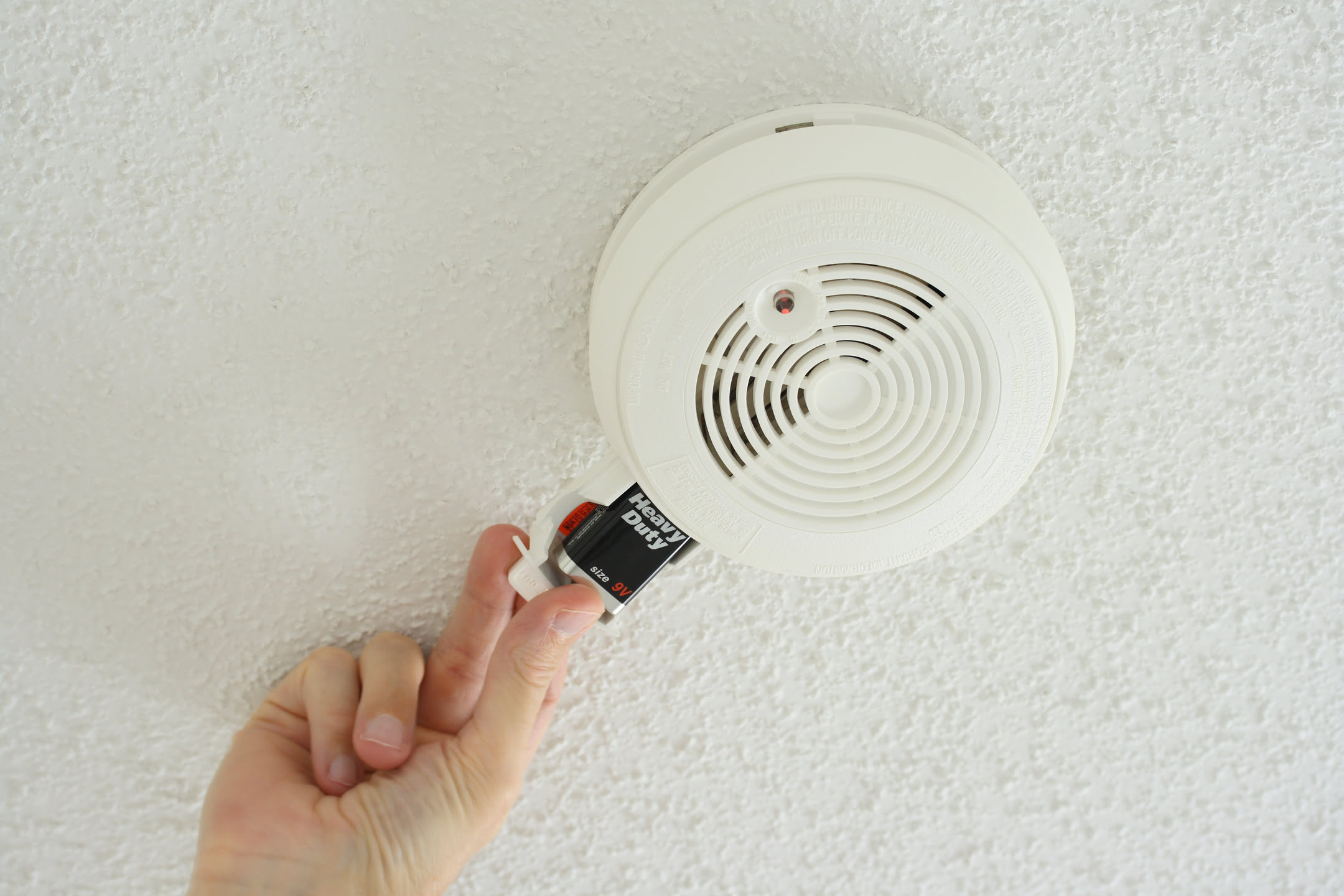
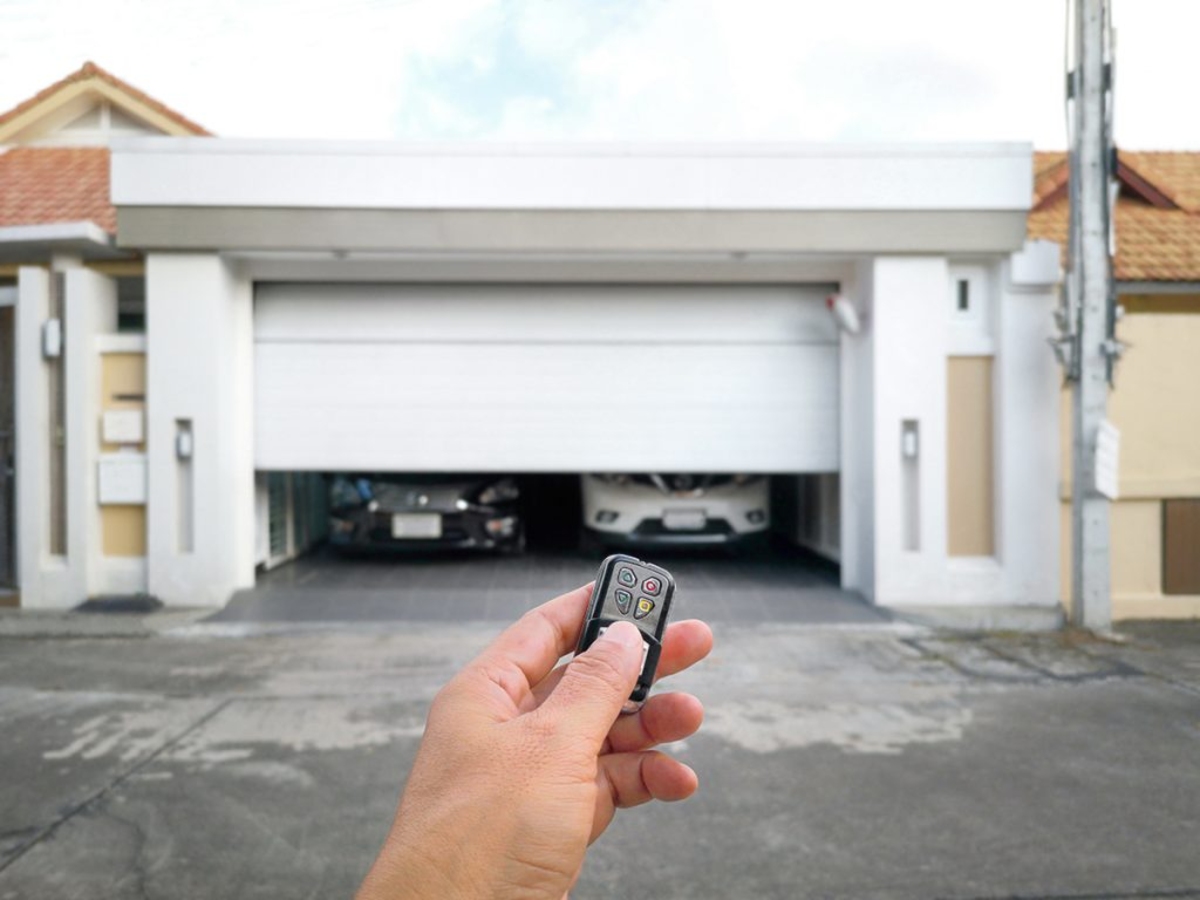
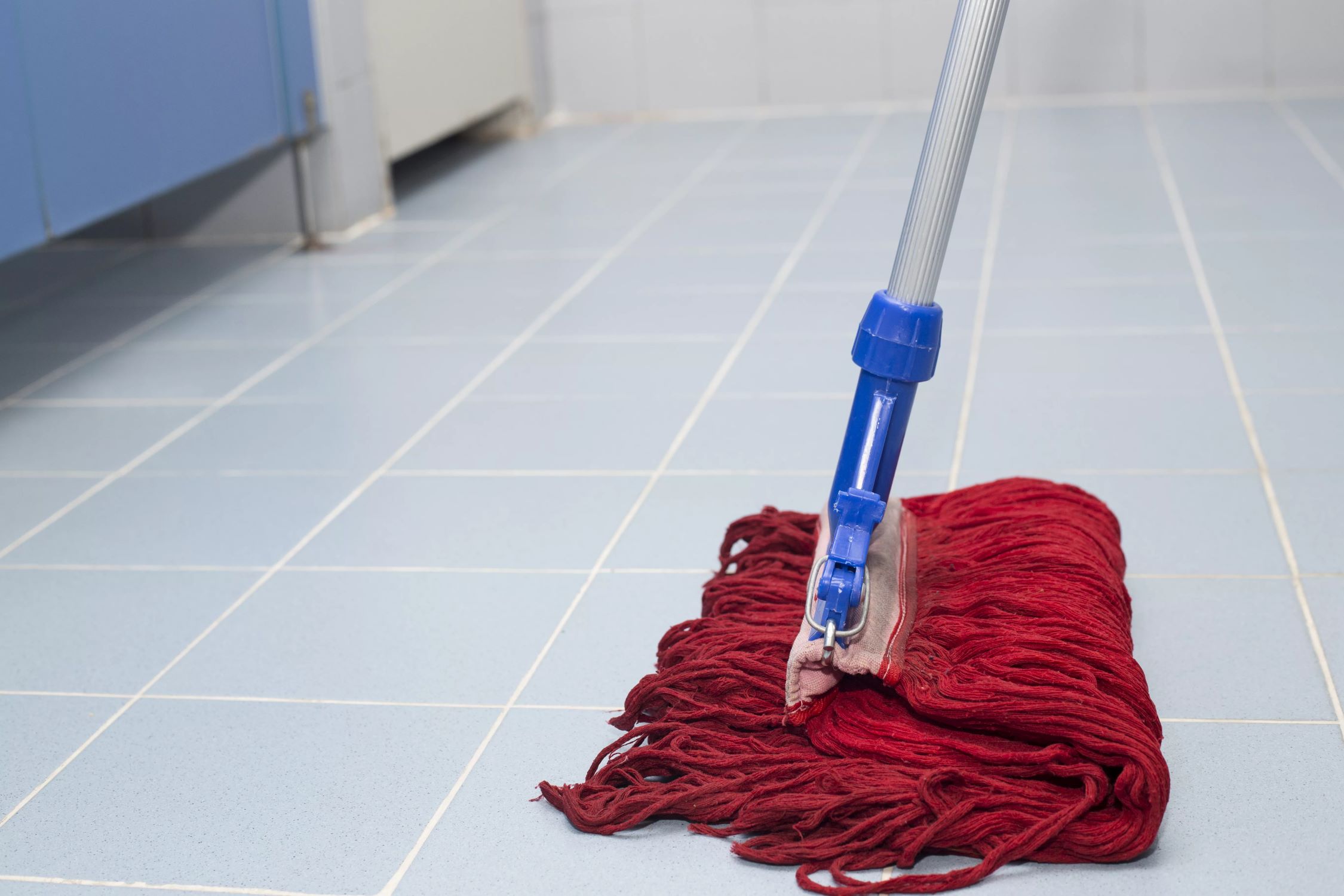

0 thoughts on “Why Are My Floors Still Dirty After I Mop”